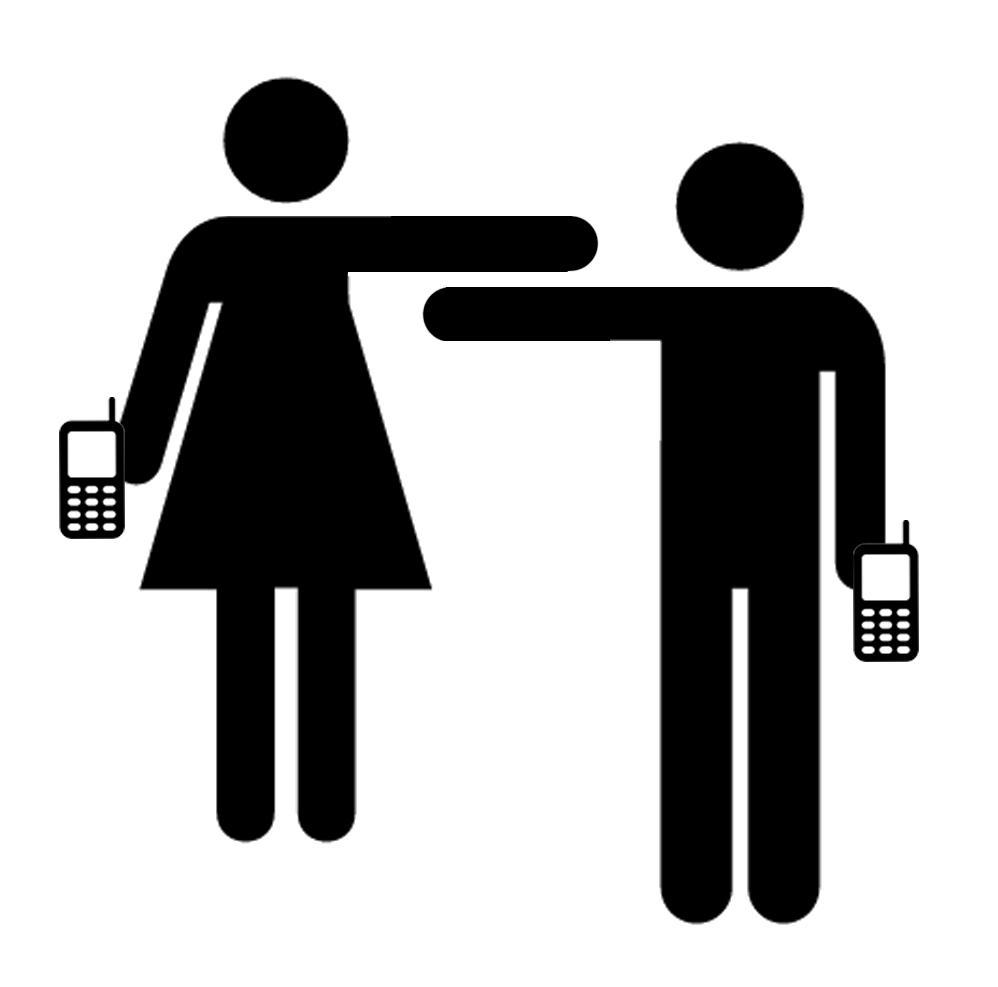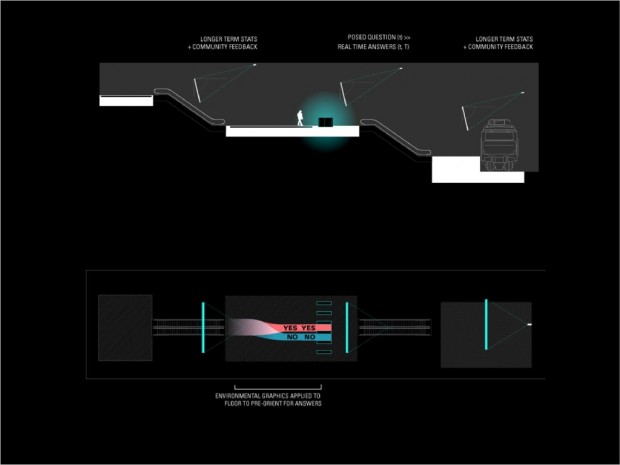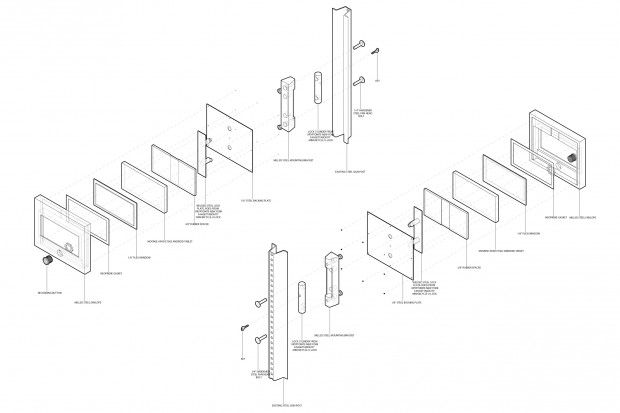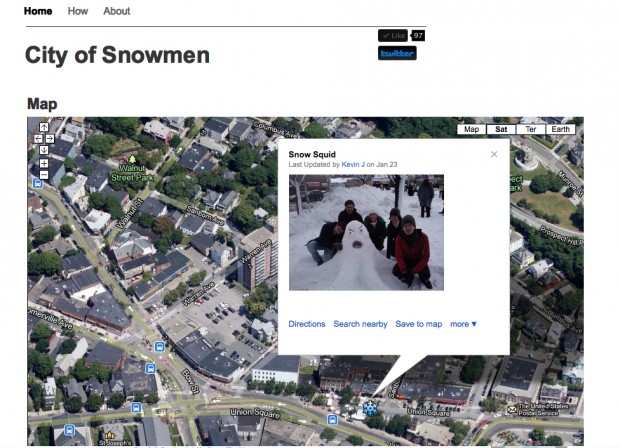Networked Urbanism
design thinking initiatives for a better urban life
apps awareness bahrain bike climate culture Death design digital donations economy education energy extreme Extreme climate funerals georeference GSD Harvard interaction Krystelle mapping market middle east mobility Network networkedurbanism nurra nurraempathy placemaking Public public space resources Responsivedesign social social market Space time time management ucjc visitor void waste water Ziyi

social
Focusing on the relationships between people in a given context. Our role as designers being to connect our design and strategies with people’s needs and initiatives, to assist the creation of communities and to enable systems and spaces for interaction, social creativity, and the emergence of behaviors.
Think Big:
How can the physical environment read our digital layers to connect strangers of similar interests?
- When people connect and converse over like interests, a sharing of knowledge occurs. Further, more complex ideas can begin to emerge through these conversations that can perhaps enhance society as a whole. How can our digital layers begin to emerge in daily life so these physical connections can occur?
Start Small:
- Interviews: Lisa Valela, Program Coordinator Harvard Graduate Commons. Susan Keller, Assistant Director Harvard Real Estate. Nashid Nabian, GSD Urban Planning. Jifei Ou, MIT Media Lab Tangible Media Group. Miscellaneous Cafe Goer #1. Miscellaneous Cafe Goer #2.
- Videos of individuals working in public settings to begin to understand modes of focus.
- Case studies including means of: innovative workplaces, knowledge sharing, stranger connection, GPS location systems, technology embedded furniture, urban library / book share, cafe culture, etc.
Act Now:
- Orchestrated spontaneity to occur week of 9/24
From the exhibition here last year. One of the more impressive examples of using a building with a live performance. At one point they are actually projecting live images of the dancers onto the facade.
http://www.geek.com/articles/mobile/koreas-tesco-reinvents-grocery-shopping-with-qr-code-stores-20110628/
This post is mostly for @andrewpleonard, but the idea of creating critical mass is universally applicable I think. I stumbled upon this video while trying to look for examples of why bicycle culture has evolved so far in places like Denmark and the Netherlands but remains stunted in the U.S.
The video is from the sometimes hilarious Copenhagen Cycle Chic website: http://www.copenhagencyclechic.com/
This seems like a great website – a collection of emerging ideas about how personal metrics can change our behavior. The creator describes it as a site devoted to understanding “how we can change our lifestyles through monitoring, measuring, and deriving meaning about our behavior.”
http://www.personalmetrics.us/
Although a bit scary, check out the Basis Wristband – monitors your health, interprets the data, and then makes suggestions about how you might improve your lifestyle:
http://www.personalmetrics.us/2011/09/basis-the-story-of-your-health/
https://support.twitter.com/entries/166337-the-twitter-glossary
The first two are most important. The rest just continues to up your geek-level.
Public spaces were formerly a venue for debate, where we could collectively imagine the identity and future of communities. In the contemporary moment, the representation of community is often constructed from afar, with little involvement from the public body, in the form of statistics. This project aims to reassert the role of the community in this process by changing the scale and aesthetic of gathering public opinion and demographics.
In the new Statistical Commons, subway turnstiles are playfully turned into an interactive surveying tool, where individuals can pose questions to their neighbors, with real-time feedback and likewise construct “statistical narratives.” We aim to re-energize public space as a venue collective quantitative introspection. (more…)
“We all come to know each other by asking for accounts, by giving accounts, and by believing or disbelieving stories about each other’s pasts and identities”
Paul Connerton, How Societies Remember
This project began with a question about how people connect to places. As our lives become ever more transient, the stable relationships with place that have defined communities for generations are evaporating. Many of us now inhabit places whose history we have no understanding of, no personal connection to. What happens to the identity of a place when its residents have no memory of it?
Boston has a strong tradition of collecting oral histories of place. Organizations like the Cambridge Historical Commission, South End Historical Society, and other community groups have archived personal stories about places in their neighborhoods, maintaining a link between the physical fabric and the lives it contained. But how many people know about these archives? How many of the current residents can point to a family members story contained therein? Do these archives invite their viewers to contribute their own stories? Do they encourage us to explore our environment, to connect the physical artifacts with the stories they hold?
City of Snowmen was a project about exploration, production, and memory in the context of winter in Boston, Massachusetts. Participants were encouraged to build snowmen in public spaces and then photograph and map them to a website. The project aspired to provide users with a map of their city’s snowmen, a guide for seeing the built environment through a new frame. Participants were few but enthusiastic. With strong and consistent energy directed towards outreach and communication I believe a City of Snowmen project could flourish in a snowy region, becoming a public activity requiring only minimal investment on the part of several organizers.
I grew up about six miles from downtown Boston, and compared to most of my classmates at the Harvard Graduate School of Design I knew the city with a degree of intimacy and awareness. Boston is known for its colleges and universities, but experience taught me that relatively few students made efforts to discover the area’s many neighborhoods. Fields Corner, Roslindale Square, and Fort Hill are, to me, delightfully different from more trafficked neighborhoods, such as Allston, the Back Bay, and Harvard Square. Interviews with Boston natives, however, indicated that this unfamiliarity with other neighborhoods was not limited to students from outside the state. I found that native residents were very loyal to their own neighborhoods, but they saw few reasons to venture beyond their comfort zones. This led me to wonder how I could foster in both permanent and transient Bostonians a sense of curiosity and mystery around places so close yet unknown. What would it take to excite someone enough to leave their apartment in Brighton and spend a leisurely hour in South Boston? (more…)
« Previous 1 … 7 8 9 10 Next »



